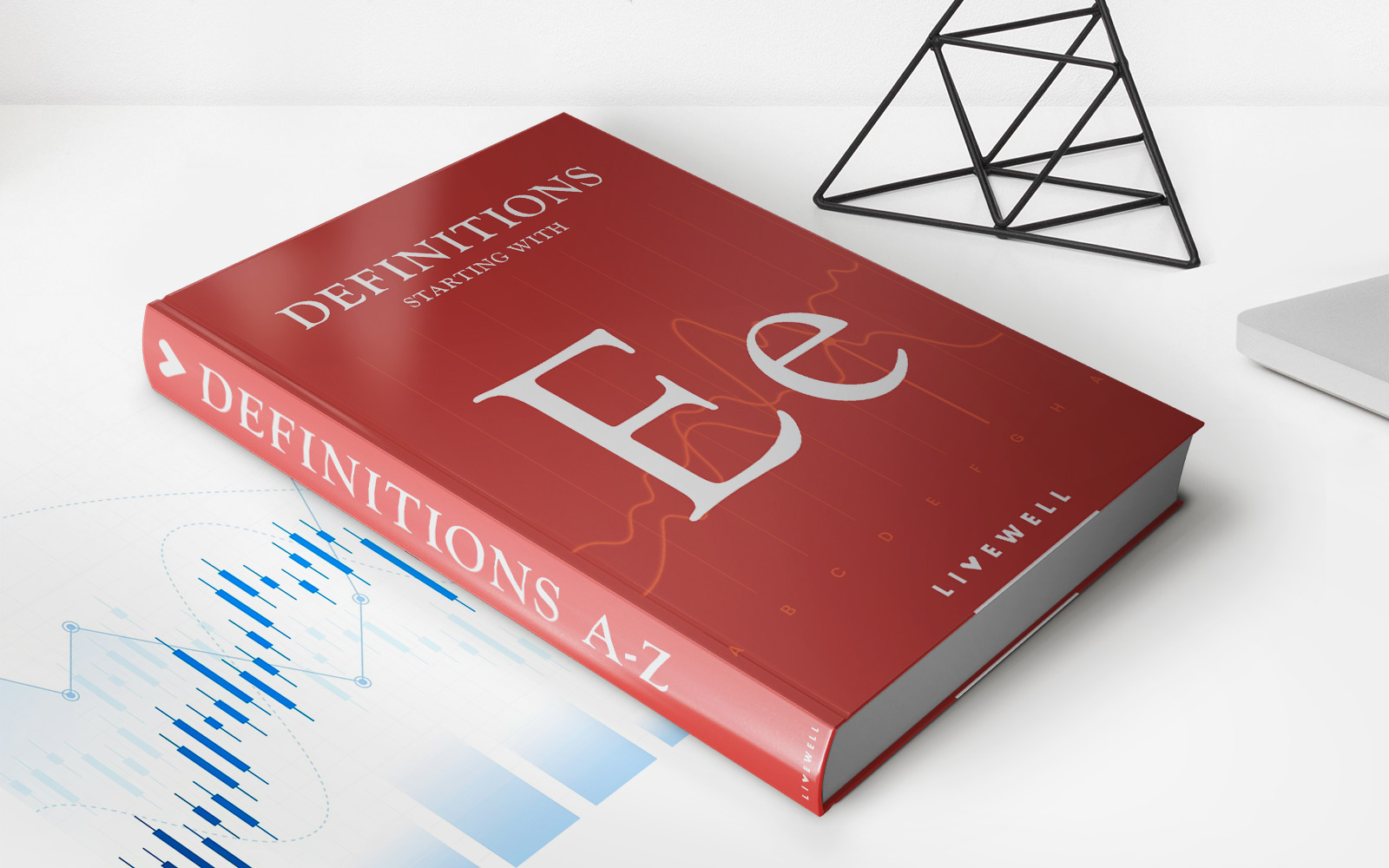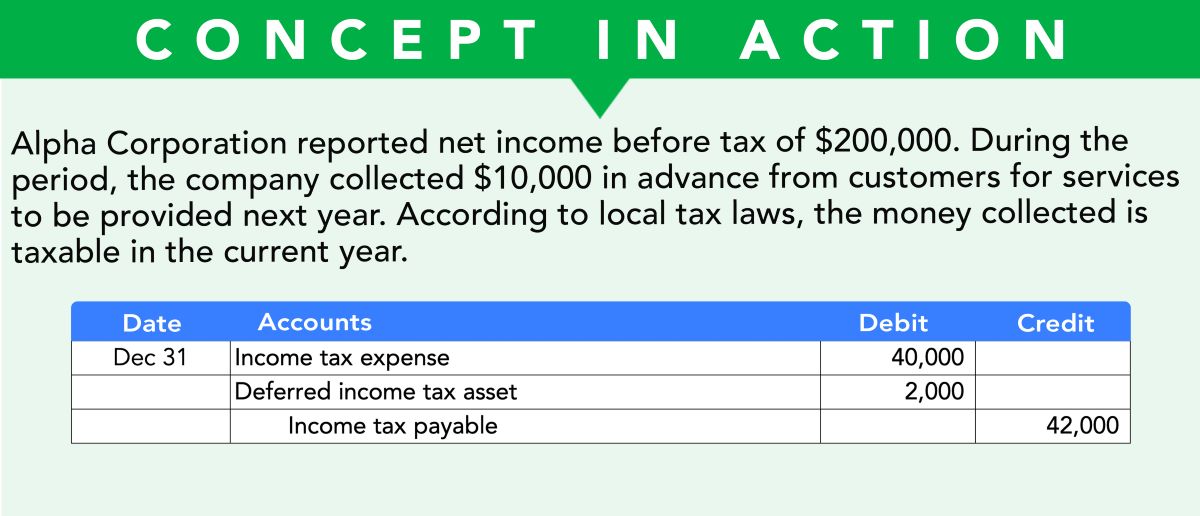

Finance
Easement: Definition, Types, And Examples
Published: November 15, 2023
Learn about easements in finance, including their definition, types, and examples. Understand the importance of easements in various financial transactions.
(Many of the links in this article redirect to a specific reviewed product. Your purchase of these products through affiliate links helps to generate commission for LiveWell, at no extra cost. Learn more)
What is an Easement?
Have you ever wondered what an easement is? Well, you’re in the right place! In this article, we will explore the definition, types, and examples of easements. So let’s dive in!
Key Takeaways
- An easement is a legal right granted to an individual or entity to use or access another person’s property.
- There are various types of easements, including easements by necessity, easements by prescription, and easements by grant.
An easement is a legal right granted to an individual or entity to use or access another person’s property for a specific purpose. It is a non-possessory interest in someone else’s land, which means that the holder of the easement does not own the property but has the right to use it in a particular way.
Types of Easements
Now that we understand the basics of what an easement is, let’s take a look at some common types of easements:
- Easements by Necessity: These types of easements are created when there is no other reasonable way to access a property except through another person’s land. For example, if you own a piece of property that is surrounded by other properties and there is no public road to access it, you may have an easement by necessity over one of the neighboring properties to reach yours.
- Easements by Prescription: These easements are acquired through continuous and uninterrupted use of another person’s property for a specific period of time. The time period required varies depending on the jurisdiction, but it is typically between 5 to 20 years. An example of an easement by prescription is when a homeowner consistently uses a path on their neighbor’s land to access a lake.
- Easements by Grant: These easements are voluntarily created by the property owner through a legal agreement such as a contract or a deed. These agreements outline the specific terms and conditions of the easement, including the purpose, duration, and allowed uses. An example of an easement by grant is when a property owner allows their neighbor to use a portion of their land for a driveway.
Examples of Easements
To better understand how easements work in real-life situations, here are a few examples:
- Shared Driveway: Two neighboring homeowners may have an easement allowing each other to use a portion of their properties for a shared driveway.
- Utility Easements: Utility companies often have easements to access power lines, water lines, or gas lines that run through private properties. These easements grant them the right to maintain and repair the infrastructure.
- Beach Access: In coastal areas, some properties may have easements allowing the public to access the beach through private land. These easements are often established to ensure public access to the shoreline.
Understanding easements is important, whether you’re a homeowner, a land developer, or simply curious about property rights. Knowing the types and examples of easements can help navigate any potential issues or conflicts that may arise in relation to land use and access.
In conclusion, an easement is a legal right that grants individuals or entities the use or access to another person’s property. There are various types of easements, including easements by necessity, easements by prescription, and easements by grant. Examples of easements include shared driveways, utility easements, and beach access rights.














